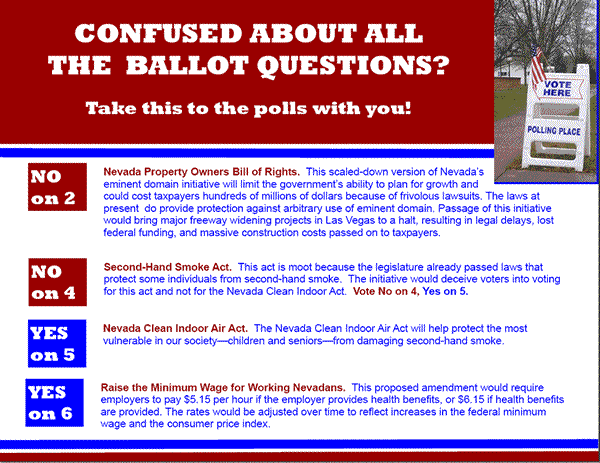 |
 |
The purpose of a campaign message is not to educate the public or to ask that they agree with how your organization believes the world works.
The purpose of an election message is to get 50% plus one of those who actually vote in a given election to push the lever or punch the hole that puts them on your side of the issue.
This may seem obvious, but many community organizations new to election work fall back on saying whatever they’re used to saying – and it may not be a message that will get them a victory. Organizers of the Stop Tax Waste campaign invested in a poll to test their message, Bineshi Albert says. They learned that the words that campaigners had been using failed to resonate with a large population of voters, so they simplified and broadened the message. The result was a message that used words that didn't require an explanation but still appealed to voters concerned with both the envrionment (the “environmental impact statement”) and government waste (“Stop Tax Waste”). Furthermore, by using familiar and straightforward phrases, organizers ensured that campaign volunteers would be able to confidently communicate the message over the phone and at the doors.
When veteran campaigners talk about achieving “message discipline” what they mean is deciding on the very simple theme that will win a majority and getting everyone in the campaign to repeat that message until, by Election Day, it has become the reality of the issue for most voters.
When you’re campaigning to defeat a ballot initiative:
Because of the need to pull together a majority, there is really only one message for this sort of campaign: “Prop. XYZ goes too far.” The implication is that those of us against it are stable, rational people – while the other side is a bunch of wild-eyed extremists. Effective negative messages are not long on specifics: the more you spell out how Prop. XYZ goes too far, the greater the danger that you’ll alienate someone who thinks Prop. XYZ goes too far for reasons different from yours. Another effective negative message is one that emphasizes possibilities raised by the initiative that, though may be unlikely and even downright trivial, are outrageous enough to demonstrate how Prop. XYZ goes too far. A classic example: the anti-school voucher campaign in California that successfully asserted that the measure would let witches set up private schools with taxpayer money!
When you’re campaigning to pass a ballot initiative:
A positive message in initiative campaigns is an assertion of values shared by a majority, such as equality of opportunity. Most community organizations working on positive campaigns will find themselves in accord with the message that the main proponents of the initiative want them to use, so developing a message shouldn’t be an issue. Still, the message you use will be designed to appeal to as many people as possible, which means it won’t be long on specifics, and may seem oversimplified. Generally it’s best to resist the temptation to flesh it out.
If you’re starting to feel queasy, that’s normal. The truth is, the need to simplify the message poses genuine political problems for responsible community organizations. Many organizers work to expose the disconnect between the image of America painted and promoted by politicians and their supporters and the reality that their constituents are living every day. When they want to win on a ballot initiative, however, they’re confronted with the challenging task of presenting complex truths about policy and society with as little nuance as possible – because nuance usually gets in the way of creating majorities.
Simply making the assertion that “Prop. XYZ goes too far” can present a dilemma for many responsible community organizers. Why? Because by saying so, you’re implying that there is a problem but this particular ballot initiative is not the right solution. That implication can be tough to square if you really don’t believe there's a problem – if, for instance, you’re campaigning against an initiative that would outlaw affirmative action. California’s Prop. 209 would have done just that. Its proponents were mostly white folks who thought affirmative action was giving others an unfair advantage. Defenders of affirmative action couldn’t say that the ballot initiative went too far in fixing the problem of employee or college admission bias against white people because they didn’t believe there was one. What to do in this kind of situation?
To figure out what message the leadership of your organization feels comfortable adopting, ask yourselves two questions:
The easy campaigns are when organizers can answer to “no” to both; in that circumstance, you can responsibly adopt whatever message serves your organizational agenda. But in real life, you’ll probably answer “yes” to at least one and possibly both – and then you have to figure out how to present a majority message you can live with.
Organizers campaigning to defeat a series of anti-gay rights initiatives in Oregon have done some of the most responsible and effective work in this area, combining messages that attract majorities with their principled refusal to compromise core values. Veterans of those campaigns advise community groups in similar situations to make the time and create a process to understand what their bottom line is, politically. If you’re working with political professionals who tell you that a certain way of messaging is the only way to go, demand that they work with your organization’s guidelines. By doing so, those Oregon activists managed to assemble a majority not around homosexuality as any kind of problem, but around the idea that everyone needs “basic rights.”
